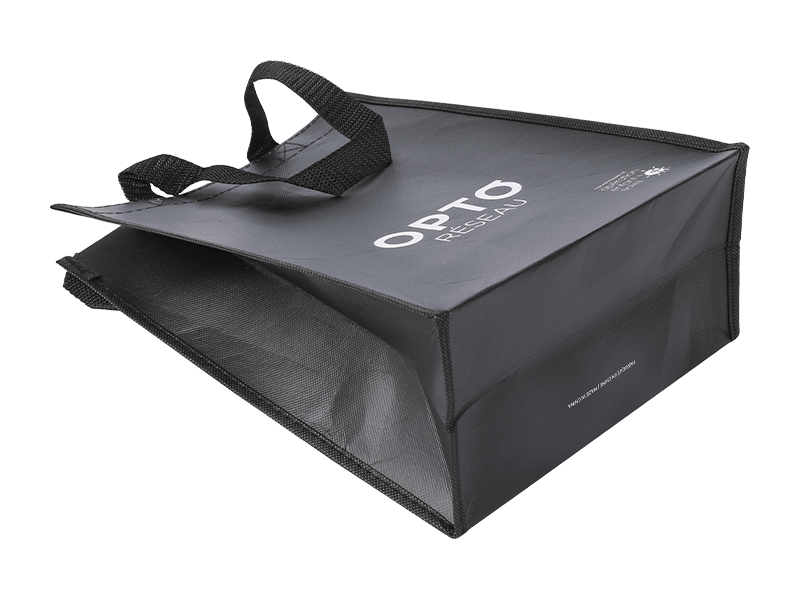Enhancing the flame retardancy of
print packaging nonwoven bag involves applying fire-resistant treatments or coatings to the bags' material. This can help reduce the risk of the bags catching fire or spreading flames if exposed to a heat source or open flame. Here are some steps to enhance the flame retardancy of nonwoven bags:
Select Flame-Resistant Materials:
Start by choosing nonwoven materials that have inherent flame-resistant properties. Some materials are naturally more resistant to flames than others. Look for nonwoven fabrics that meet flame resistance standards or have been specifically designed for fire safety.
Use Flame-Resistant Coatings:
Apply flame-resistant coatings or treatments to the nonwoven bags. These coatings can be designed to inhibit the ignition and spread of flames. The choice of coating will depend on the specific requirements and regulations applicable to your industry or region.
Choose Certified Flame Retardants:
If you're seeking a high level of flame resistance, consider using certified flame retardants that meet recognized industry standards. These flame retardants have been tested and certified for their effectiveness in reducing flammability.
Consult with Experts:
It's advisable to consult with experts in flame retardancy or fire safety to ensure that the chosen materials and treatments meet the necessary safety standards and regulations. They can provide guidance on the most appropriate options for your specific application.
Adhere to Safety Standards:
Ensure that your nonwoven bags comply with relevant safety standards and regulations for flame resistance. These standards may vary by industry and location, so it's essential to be informed about the specific requirements that apply to your product.

Regular Testing and Quality Control:
Implement regular testing and quality control measures to verify the effectiveness of the flame-retardant treatments. This may involve conducting flammability tests and ensuring that the bags meet the required safety standards.
Proper Storage and Handling:
Handle and store the flame-retardant nonwoven bags in a manner that minimizes the risk of damage to the flame-resistant properties. Avoid exposing them to high temperatures or sources of ignition during storage and transportation.
Educate Users: If the bags are used by consumers or in public spaces, consider including information on their flame-retardant properties in user instructions or safety guidelines. This helps users understand the safety features of the bags.
Maintenance and Replacement:
Regularly inspect the bags for signs of wear or damage that could compromise their flame resistance. Replace any damaged bags promptly to ensure continued safety.
Enhancing the flame retardancy of nonwoven bags is essential for applications where fire safety is a concern. It's important to work with reputable suppliers and manufacturers who can provide materials and treatments that meet the required safety standards and guidelines. Additionally, staying informed about relevant regulations and consulting with experts in fire safety can help ensure that your nonwoven bags are appropriately flame-resistant.


